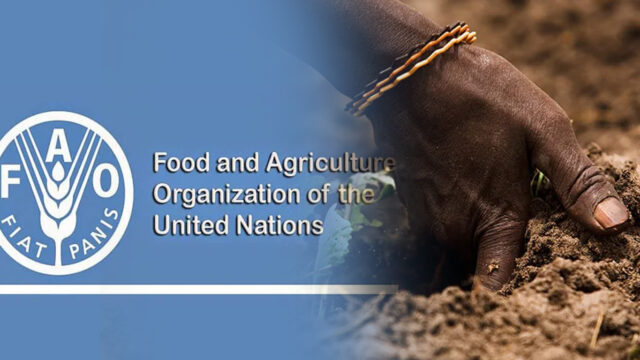World food prices rose for a tenth successive month in March, hitting their most significant level since June 2014, drove by jumps in vegetable oils, meat and dairy records, the United Nations food organization said on Thursday.
The Food and Agriculture Organization’s food value record, which estimates month-to-month changes for a crate of oats, oilseeds, dairy items, meat, and sugar, arrived at the midpoint of 118.5 focuses a month ago versus a marginally reconsidered 116.1 in February. The February figure was recently given as 116.0.
The Rome-based FAO likewise said in a statement that overall oat harvests stayed on track to hit a yearly record in 2020, adding that early signs highlighted a further expansion underway this year. FAO’s cereal value file fell 1.7 percent month on month in March, finishing eight months of consecutive gains, yet at the same time 26.5 percent higher than a similar period a month ago. Among significant oats, wheat trade costs dropped the most, declining 2.4 percent on the month, reflecting great supplies and empowering creation possibilities for the 2021 yields, FAO said. FAO’s vegetable oil value file flooded 8.0 percent on the month to arrive at its most elevated level since June 2011, lifted by more exorbitant costs for palm, soy, assault, and sunflower oils.
Dairy costs rose for a tenth month running, enlisting a 3.9 percent increment. FAO said one of the drivers in the area was milk powder, which was supported by a flood in imports in Asia, particularly China, because of worries over transient supplies.
The meat file climbed 2.3 percent, yet not at all like the wide range of various files, it was still marginally down on a year-on-year premise. FAO said poultry and pig meat citations expanded, supported by a high speed of imports by Asian nations, mostly China. Sugar costs dropped 4.0 percent month on month, yet was as yet up 30% on the year. Walk’s decay was fuelled by possibilities of enormous fares from India, FAO said.
FAO raised its gauge for the 2020 cereal season to 2.765 billion tons from a past gauge of 2.761 billion, highlighting a 2.0 percent expansion year on year. Looking forward, FAO said it is anticipated that global cereal production should increment for a third successive year in 2021. Worldwide wheat creation was seen hitting another high of 785 million tons this year, up 1.4 percent from 2020 levels, driven by an expected sharp bounce back across the majority of Europe and assumptions for a record gather in India, FAO said. Better than expected yields were additionally expected for maize, with a record collect gauge for Brazil and a multi-year high anticipated for South Africa.
For the momentum 2020/21 showcasing season, worldwide cereal use was conjecture at 2.777 billion tons, 2.4 percent up on the earlier year, driven to a great extent by higher assessments of feed utilization of wheat and grain in China, where the domesticated animals area is recuperating from African swine fever.
Pandemic-related production barriers additionally are adding to rising costs for food and oil. Farming creation is subject to climate, and environmental change has added to more storms and changing climate designs that effect planting timetables and harvest yields.









